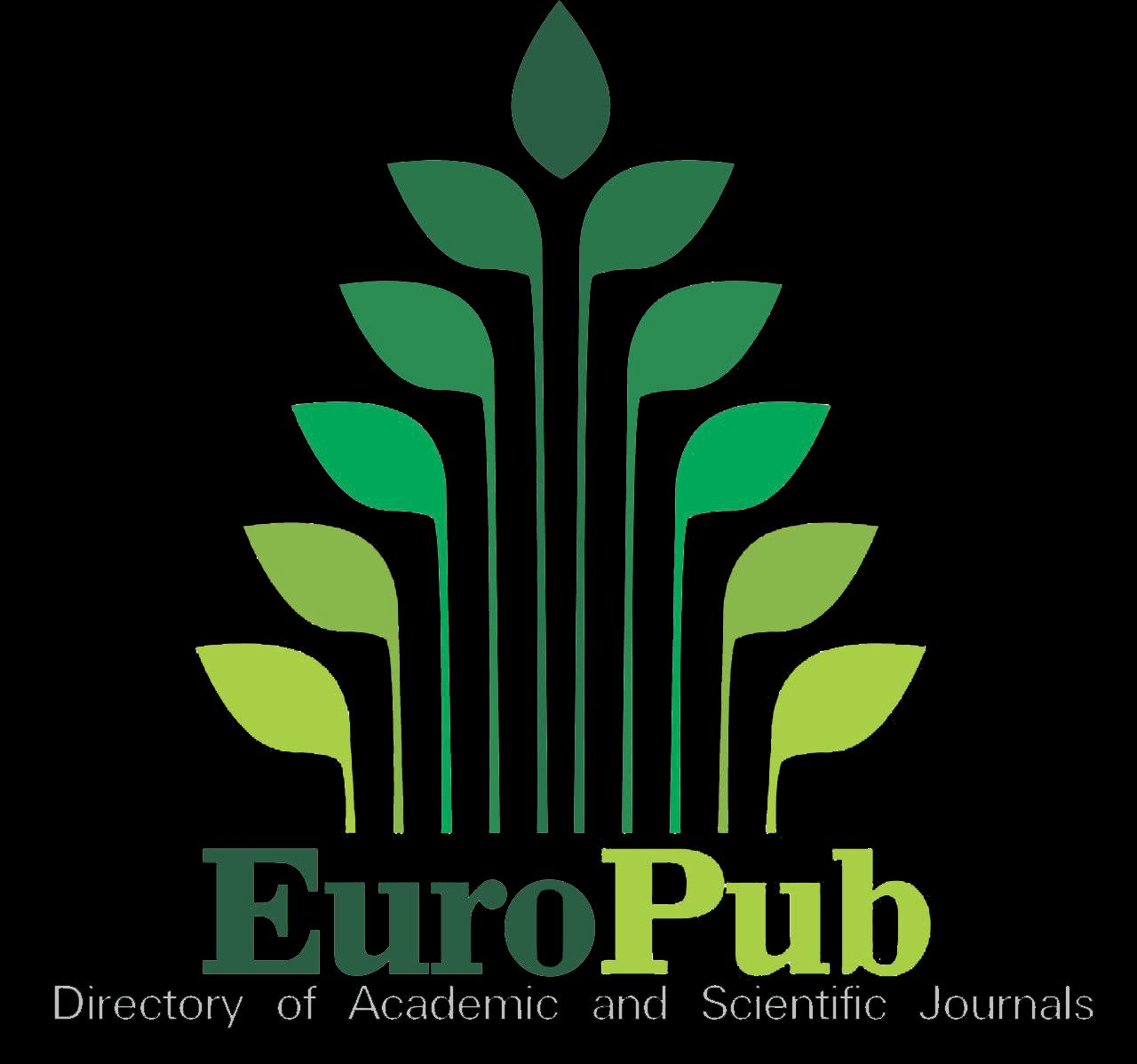Subcellular Targeting Strategies Using Killer Red in Leukemia: Investigating Chemotherapy-Induced Ros
Keywords:
Reactive Oxygen Species; ROS; Leukemia; KillerRed; PhotosensitizerAbstract
Reactive oxygen species (ROS) in leukemia checks the potential target molecules of cancer therapy. A photosensitizer called KillerRed is used to control ROS to gain a deeper understanding of ROS-induced cellular mechanisms, ROS effects on disease advancement, and the effects of therapy. Patients with leukemia are facing one of the greatest challenges in oncology due to the fast oxidative course of the disease and a high tendency to develop drug resistance. The study focuses on the application of ROS to overcome these challenges by causing cytotoxic effects in leukemia cells. It describes the development and characterization of a plasmid encoding an NLS-fused KillerRed, which favors the production of ROS in the nucleus. The effectiveness proved to be functional through different experiments, including a series of cytotoxicity assays, live-cell imaging, and gel electrophoresis, showing that the construct was precisely integrated and performed as expected in generating higher ROS levels and inducing apoptosis. This suggests that specific modulation of ROS leads to reduced viability of the leukemia cells and contributes to understanding new approaches to improve existing therapeutic options by overcoming the mechanisms of resistance to drugs. In particular, the results emphasize the fundamental role of ROS both as signaling molecules and mediators of damage to the cell and corroborate the relevance of ROS in the design of targeted therapeutic strategies for cancer. It also contributes to a deeper knowledge of the dynamic of ROS in cancer and to the possibility of intervening in the balance of ROS to achieve a therapeutic action in leukemia.
Downloads
Published
Issue
Section
License
Copyright (c) 2025 Tallat sohail zada, Mahnoor Gulbin (Author)

This work is licensed under a Creative Commons Attribution-NonCommercial-NoDerivatives 4.0 International License.

